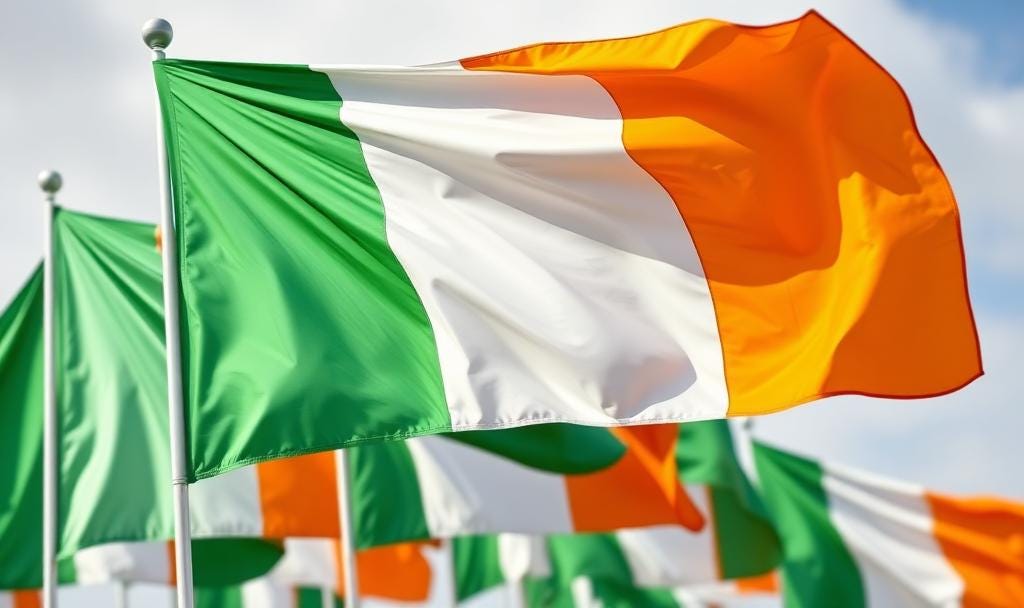"Nothing to Do With All Your Strength"
It's not inevitable that the undeniable street power of the Irish anti-immigration movement will become political power
There’s a scene in Christopher Nolan’s The Dark Knight where Batman has finally cornered the Joker in an interrogation room, only to discover the latter has his loved ones kidnapped, stashed in a secret location and moments from death. Our hero lashes out at his nemesis, who can barely contain his joy at this ineffectual display. “Look at you!” caws Heath Ledger’s Joker - “nothing to do with all your strength!” What, in other words, does raw power amount to if it can’t be turned towards the ends that are most important to you?
Keep reading with a 7-day free trial
Subscribe to The Fitzstack to keep reading this post and get 7 days of free access to the full post archives.

